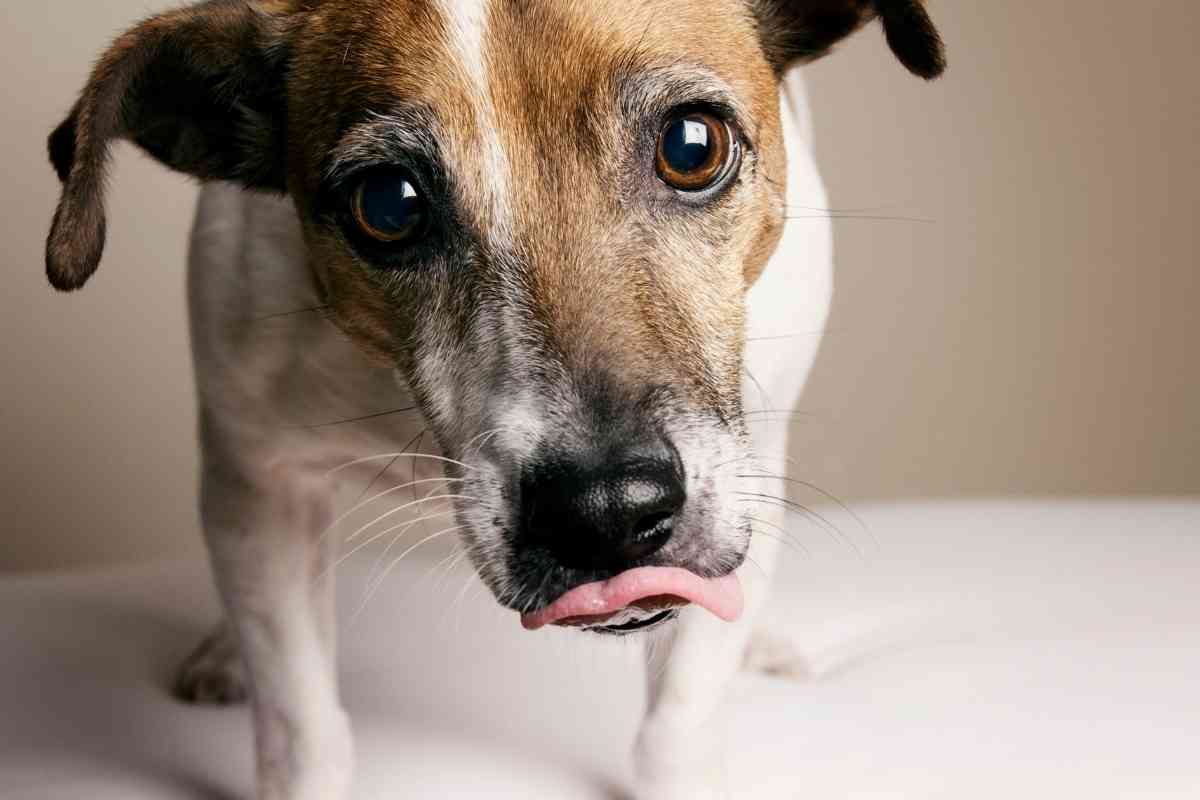Can Dogs Eat Scallops? 5 Risks And How To Avoid Disaster
If your dog is being good, he deserves a nice treat. It could be anything from doggie biscuits to scallops. But can dogs eat scallops? A dog is a man’s best friend, and as a responsible pet parent, it is your job to give them only the food that keeps them healthy. So where exactly does shellfish like scallops come in?

Are scallops good for dogs?
Scallops are a good treat for dogs since they offer your canine friend a lot of health benefits. However, they come with their own set of risks like bacteria and allergies. Hence, scallops should be properly cooked and given only in small doses to your puppy.
In this guide, we can help you determine whether scallops are good for dogs and what risks they carry. In addition, we will also talk about how to properly prepare scallops and what serving size your dogs should have.
As a dog parent myself, I am always concerned about what I am putting into my dog’s stomach. Although I give my dogs treats regularly, I always first find out if they have any risks for my pet and, as such, have become quite an expert on the kind of food that canines can eat.
Are Scallops Safe For Dogs to Eat?
Dogs can eat scallops in small amounts. The best way to feed your dog scallop is to cook it without any additives or seasoning, scoop the shellfish out of the shell, and serve it to your dog in small amounts.
It is important that you never feed raw scallops to your dog as it contains harmful bacteria and causes digestive problems in your dogs. Some dogs may also have allergies to shellfish so it is a good idea to consult with your vet before you give your dog scallops.
Health Benefits of Scallops for Dogs

For humans, scallops are superfoods and have a high nutritional value. For dogs, scallops may also have a number of benefits since they contain high amounts of:
Magnesium: This mineral is very important for the heart health of your dog and improves cardiovascular activity and nerve function.
Potassium: Potassium is a very beneficial mineral for your dog’s nervous system and is responsible for transferring neuron signals between the different organs of the body.
Phosphorus: Phosphorus is an essential mineral that is very important for strengthening your dog’s bones and teeth.
Protein: Scallops are an excellent source of protein and can build healthy muscles, keeping your dog fit and healthy.
Risks Associated With Feeding Your Dog Scallops
There are several different kinds of risks associated with scallops for dogs:
Bacteria
Raw scallops contain dangerous bacteria like salmonella, E. coli, and listeria. These bacteria are very harmful and can result in serious food poisoning for your dog. Other types of contaminated meats also contain salmonella and E.coli.
Hence, it is important that you cook scallops well before feeding them to your dog.
Parasites
Raw scallops also contain several different types of parasites like roundworms and tapeworms. If the scallops are sourced from polluted water, they will also carry sorts of parasites and toxins within them. Hence, they can result in long-term sickness and infections in dogs.
Digestive Disorders
Scallops are not the usual food for dogs. Feeding too many scallops to your dog at once or at many times can result in an upset stomach, which can manifest into symptoms like diarrhea, stomach ache, vomiting, and loss of appetite.
Dogs have a different digestive system than humans and cannot digest new and different kinds of food easily. Human food consists of a lot of oil, spices, and seasonings, and all of these ingredients are harmful for dogs.
If your dog experiences any of these issues after eating scallops, give it plenty of water to keep it hydrated. Take it to the vet for evaluation and give them a bland diet for a few days. The symptoms may disappear in a few days, depending on the weight and size of your dog.
Allergies
Your dog may also have allergies to seafood. Although allergies are not that common, they can still occur in dogs and may manifest into various symptoms that range from a mild skin rash to potentially deadly throat swelling.
Whatever the reason for your dog’s allergy may be, if you see any signs of these, make sure you take your dog quickly to the vet.
Choking Hazard
If you are feeding your dog scallops, you need to make sure you pull the shellfish out of its shell. Dogs cannot pick out the meat from the shell with their hands and if they swallow the shell while eating, it can lodge in their throat and turn into a choking hazard.
As you already know, canine pets are voracious eaters and it can be the easiest thing in the world for your dog to swallow a scallop shell.
Raw Scallops Vs Cooked Scallops
Raw scallops are very soft and have a mildly sweet flavor. Because of this, people enjoy it as an ingredient for salads. However, as we mentioned before, raw scallops contain several harmful bacteria, parasites, and toxins if they are not prepared correctly.
Hence, feeding raw scallops to your dog can result in several health issues for your furball. Cooked scallops, on the other hand, have a firmer texture and a slightly stronger salty flavor. It is also lower in calories and fat.
However, the cooking process results in the scallops losing some of their nutrition. Even so, it will still retain plenty of minerals and protein.
If you are considering giving your dogs scallops to eat, then cooked scallops is the best option.
Preparing Scallops the Right Way for Your Dog
The key to ensuring that scallops remain a safe and healthy treat for your dog is that they must be fully cooked and be free from oil, seasonings, and spices.
To get rid of the pathogens found in scallops, you need to boil the scallops well for about 20 to 30 minutes. Less than that and you may not fully kill the microorganisms in the scallops; any more than that and you will dry out the shellfish and it will lose its nutritional properties.
Do not try to fry the scallops as oils can upset your dog’s stomach and can lead to chronic conditions like pancreatitis if eaten regularly. Spices are also not safe for dogs either
Feeding the Right Amount of Scallops for your Dog
Scallops should only be given to your dog in moderation. They should not be your pet’s sole food and should be offered as treats on top of your furbaby’s regular meal.
When deciding the serving size of scallops for your dog, you need to consider your pet’s size and weight. Typically, canines that weigh less than 20 pounds should only have a single serving of scallops, while bigger dogs can have as much as three servings.
If your dog is small, it is a good idea to cut the scallops into small cubes so that they can be consumed easily without risking choking.
Always be cautious when giving scallops to your dog and monitor its responses once it has eaten scallops. You should also consider checking your pet’s stool for any changes in the shape, size, and color. If you see anything unusual in your pet’s stool contact your vet immediately.